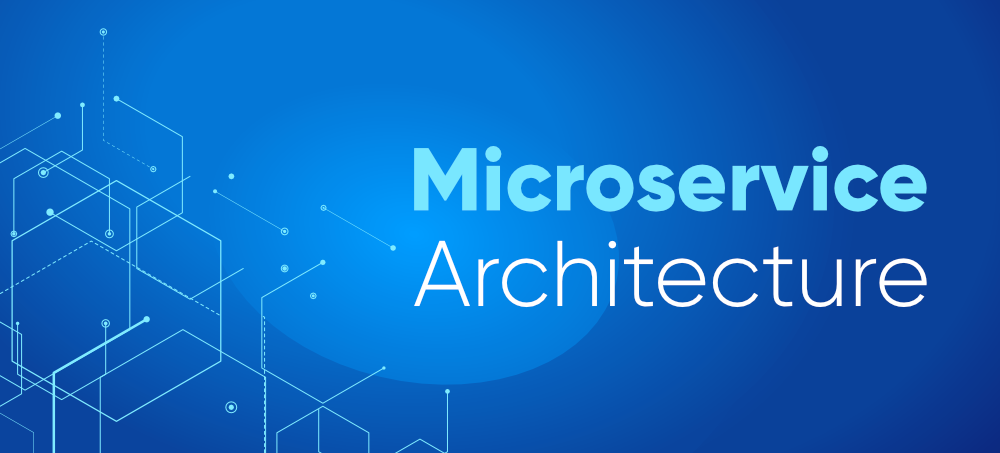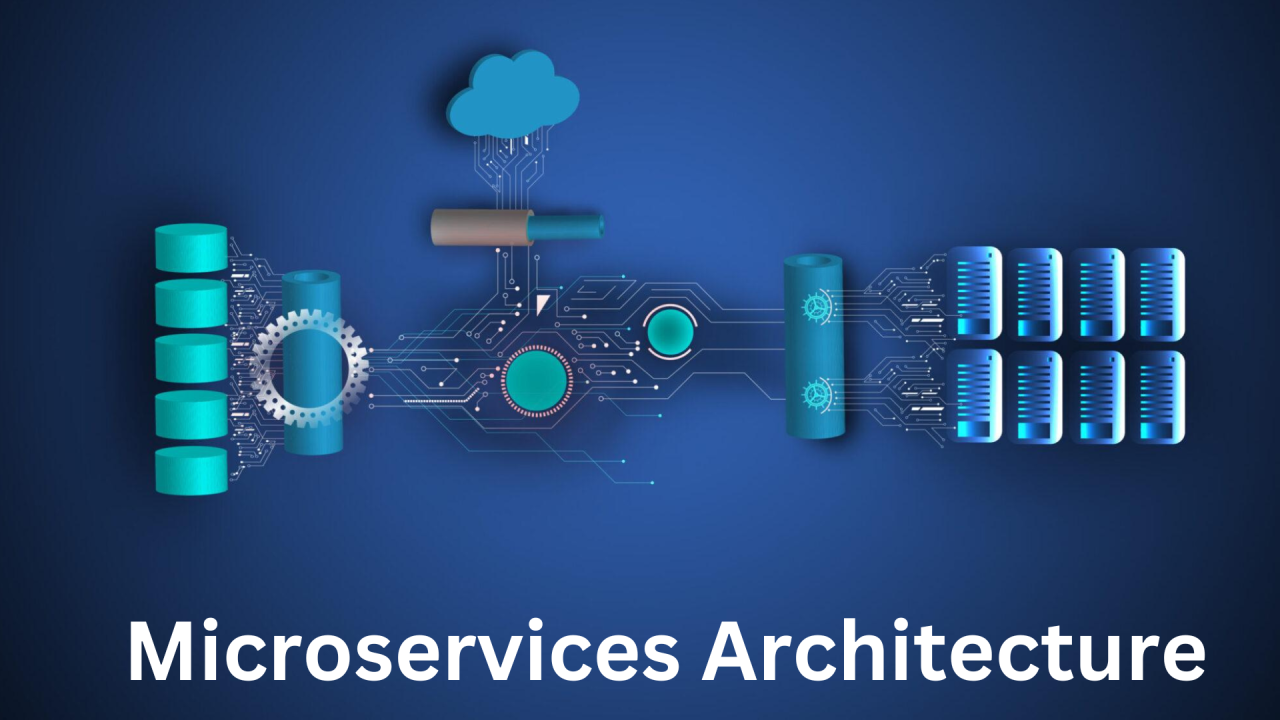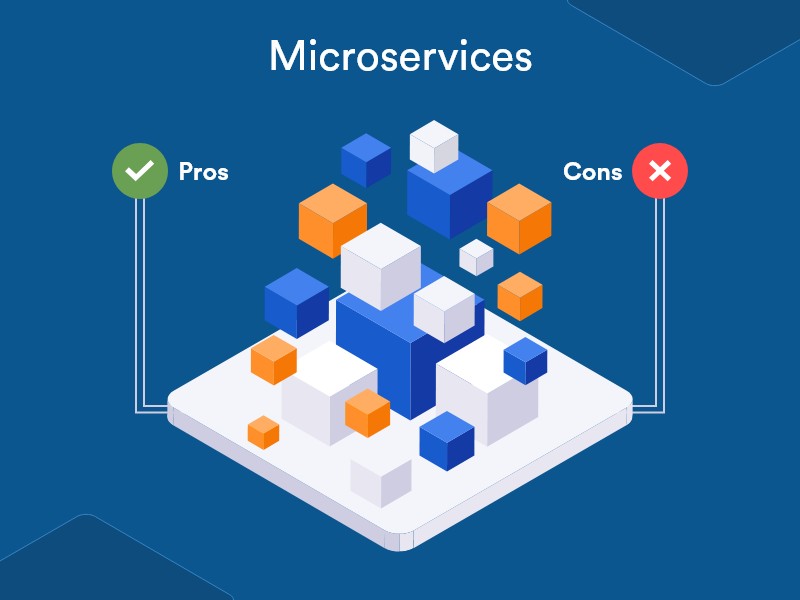Introduction
In the ever-evolving landscape of software development, the adoption of microservices architecture has emerged as a game-changer, revolutionizing the way applications are built, deployed, and scaled. This architectural approach, characterized by its decomposition of large, monolithic applications into smaller, independent services, offers unparalleled flexibility, scalability, and resilience. As Bangladesh strides towards technological advancement and digital transformation, the relevance of microservices architecture cannot be overstated.
Amidst this paradigm shift, Tirzok DevOps stands as a beacon of expertise and innovation, offering bespoke solutions tailored to the unique needs and challenges of the Bangladeshi market. With a deep understanding of both the intricacies of microservices architecture and the nuances of Bangladesh's technological landscape, Tirzok DevOps is at the forefront of delivering expert solutions that empower businesses to thrive in the digital age.

Understanding Microservices Architecture Design
Microservices architecture represents a departure from traditional monolithic approaches, offering a modular and decentralized alternative that aligns with the principles of agility, scalability, and resilience. To fully grasp the significance of expert solutions in microservices architecture design, it's imperative to delve into the foundational concepts and key components of this architectural paradigm.
Definition and Principles
At its core, microservices architecture is an architectural style that structures an application as a collection of loosely coupled services, each responsible for a specific business function. Unlike monolithic architectures, where the entire application is tightly integrated into a single codebase, microservices architecture promotes the decomposition of applications into smaller, independently deployable services. This modular approach enables teams to develop, deploy, and scale each service independently, fostering agility and innovation.
Key Components and Characteristics
A well-designed microservices architecture exhibits several key characteristics, each contributing to its effectiveness and efficiency. These include:
Service Decomposition: Breaking down the application into smaller, cohesive services based on business capabilities.
Independent Deployment: Each service can be deployed and updated independently without affecting other services.
Loose Coupling: Services are loosely coupled, minimizing dependencies and enabling independent evolution.
Scalability: The ability to scale individual services horizontally to handle varying loads and demands.
Resilience: Incorporating fault tolerance and failure recovery mechanisms to ensure system robustness.
Service Discovery and Communication: Facilitating communication between services through well-defined APIs and service discovery mechanisms.
Importance of Expert Solutions
While the principles of microservices architecture may seem straightforward, the design and implementation of a scalable and resilient architecture require careful planning, expertise, and experience. Expert solutions offered by organizations like Tirzok DevOps play a pivotal role in guiding businesses through the complexities of microservices architecture design, ensuring that architectural decisions align with business goals and technological requirements.
Expert Solutions Offered by Tirzok DevOps
Tirzok DevOps, as a premier provider of microservices architecture design solutions in Bangladesh, offers a comprehensive suite of expert solutions tailored to address the unique challenges and opportunities presented by the Bangladeshi market. Drawing upon a wealth of experience and expertise, Tirzok DevOps empowers organizations to harness the full potential of microservices architecture through a range of specialized services and strategies.
Scalability Solutions
In the dynamic and rapidly evolving landscape of Bangladesh, the ability to scale applications efficiently is paramount. Tirzok DevOps provides scalable microservices architecture design solutions that enable organizations to accommodate growing user bases, handle fluctuating workloads, and seize expansion opportunities. By implementing proven scalability strategies, such as horizontal scaling and containerization, Tirzok DevOps empowers businesses to future-proof their applications and drive sustainable growth.
Decoupling Techniques
Decoupling is a cornerstone of microservices architecture, enabling services to evolve independently and promoting agility and flexibility. Tirzok DevOps specializes in implementing decoupling techniques that minimize service dependencies, enhancing maintainability, scalability, and resilience. Through careful design and architecture planning, Tirzok DevOps helps organizations achieve a modular and loosely coupled microservices architecture that fosters innovation and accelerates time-to-market.

Resilience Strategies
In the face of inevitable failures and disruptions, resilience is essential for maintaining the stability and reliability of microservices architectures. Tirzok DevOps offers resilience strategies that mitigate the impact of failures and ensure uninterrupted service delivery. From implementing fault tolerance mechanisms to designing robust error handling and recovery strategies, Tirzok DevOps equips organizations with the tools and techniques needed to build resilient microservices architectures that can withstand the challenges of the Bangladesh market.
Deployment Best Practices
Efficient deployment and management are critical aspects of microservices architecture design, particularly in a fast-paced environment like Bangladesh. Tirzok DevOps specializes in deploying microservices architectures using industry best practices and cutting-edge technologies. By leveraging automated deployment pipelines, container orchestration platforms, and continuous integration/continuous deployment (CI/CD) pipelines, Tirzok DevOps streamlines the deployment process, accelerates time-to-market, and enhances operational efficiency.
Monitoring and Testing Frameworks
Effective monitoring and testing are indispensable for ensuring the performance, reliability, and security of microservices architectures. Tirzok DevOps provides comprehensive monitoring and testing frameworks that enable organizations to identify issues, optimize performance, and mitigate risks proactively. Through the implementation of advanced monitoring tools, logging mechanisms, and automated testing suites, Tirzok DevOps empowers organizations to maintain high standards of quality and reliability in their microservices architectures.
Security Measures
Security is a top priority in any software development endeavor, and microservices architectures are no exception. Tirzok DevOps prioritizes security throughout the microservices architecture design process, implementing robust security measures to protect against threats and vulnerabilities. From securing communication channels to implementing access controls and encryption mechanisms, Tirzok DevOps helps organizations build secure and resilient microservices architectures that instill confidence and trust among users.

Future Trends and Innovations
As technology continues to evolve at a rapid pace, the landscape of microservices architecture design is constantly evolving. Keeping abreast of emerging trends and innovations is essential for organizations seeking to maintain a competitive edge and drive innovation in their respective industries.
Serverless Architectures
Serverless computing represents a paradigm shift in application development, offering a more granular and cost-effective approach to resource management. By abstracting away infrastructure management tasks, serverless architectures enable organizations to focus on building and deploying individual functions or microservices without the need to provision or manage servers. This approach can lead to greater scalability, reduced operational overhead, and faster time-to-market for applications.
Event-Driven Architectures
Event-driven architectures leverage asynchronous messaging patterns to enable loosely coupled communication between microservices. By decoupling services and allowing them to react to events in real time, event-driven architectures offer increased flexibility, scalability, and responsiveness. Organizations can harness the power of event-driven architectures to build reactive, resilient systems capable of handling complex workflows and processing high volumes of data.
AI and Machine Learning Integration
The integration of artificial intelligence (AI) and machine learning (ML) technologies into microservices architectures opens up new possibilities for intelligent automation, predictive analytics, and personalized experiences. By embedding AI and ML capabilities directly into microservices, organizations can enhance decision-making, optimize processes, and deliver more targeted and personalized services to customers. From recommendation engines to predictive maintenance systems, the integration of AI and ML is poised to revolutionize microservices architecture design in the years to come.
Edge Computing
With the proliferation of Internet of Things (IoT) devices and the rise of edge computing, there is growing interest in deploying microservices architectures at the network edge. Edge computing brings computation and data storage closer to the source of data generation, enabling faster response times, reduced latency, and improved reliability. By leveraging microservices architectures at the edge, organizations can process and analyze data locally, minimizing the need to transmit data back to centralized servers and improving overall system performance.
Conclusion
As Bangladesh embraces the digital age and strives for technological innovation, the adoption of microservices architecture emerges as a catalyst for change and transformation. With its promise of agility, scalability, and resilience, microservices architecture offers organizations in Bangladesh a pathway to achieve their business objectives, drive innovation, and deliver superior customer experiences.
Through the expert solutions provided by organizations like Tirzok DevOps, Bangladesh is poised to unlock the full potential of microservices architecture and chart a course toward a future of limitless possibilities. By leveraging scalable, resilient, and secure microservices architectures, businesses and government agencies in Bangladesh can thrive in an increasingly competitive and dynamic market, adapting to change and seizing opportunities for growth and success.
As we look ahead, it is clear that the journey towards microservices architecture design in Bangladesh is just beginning. With continued innovation, collaboration, and commitment to excellence, organizations across diverse sectors will undoubtedly realize the transformative power of microservices architecture and shape a brighter future for Bangladesh's technological landscape.